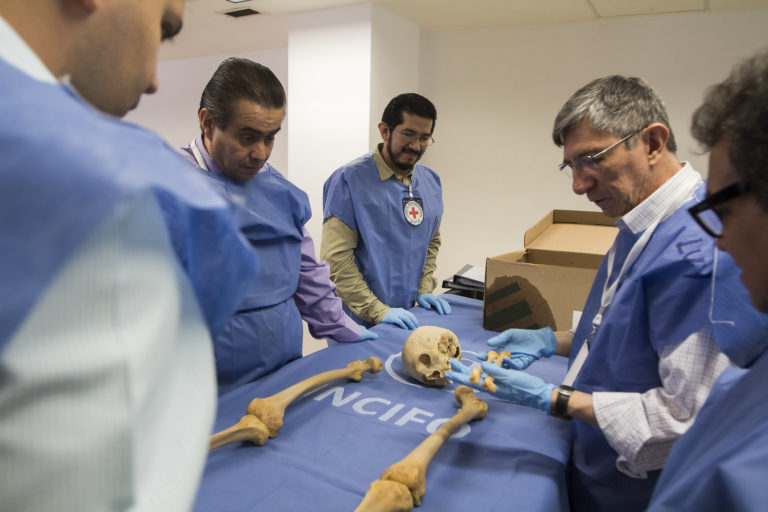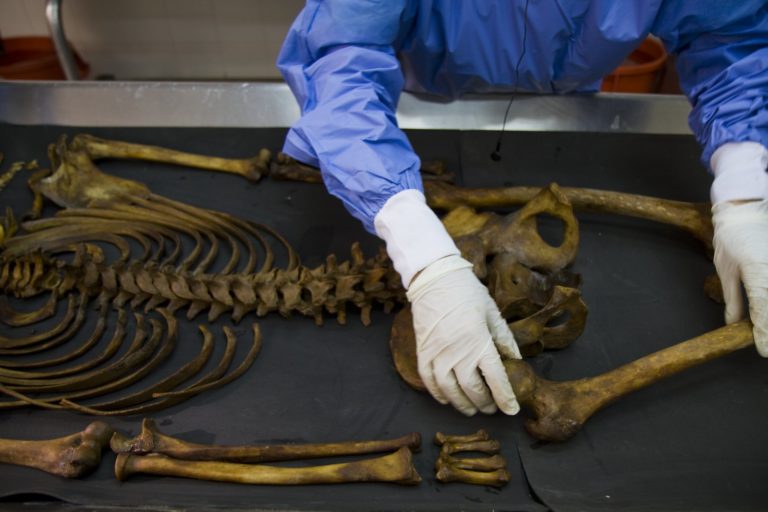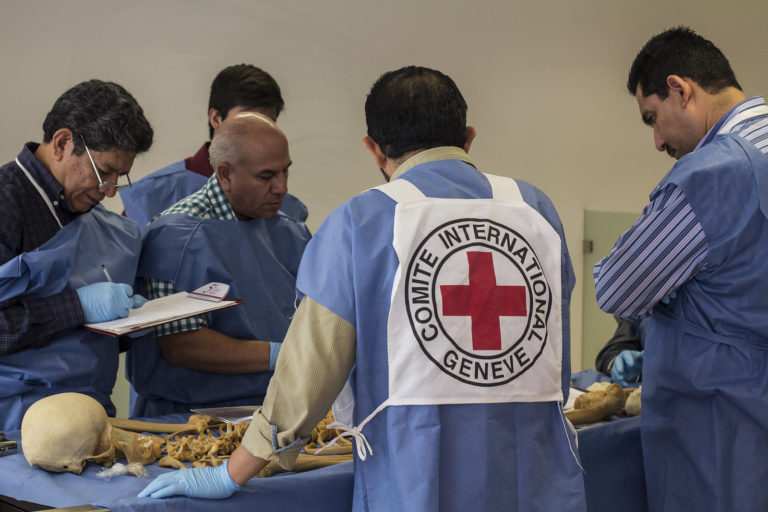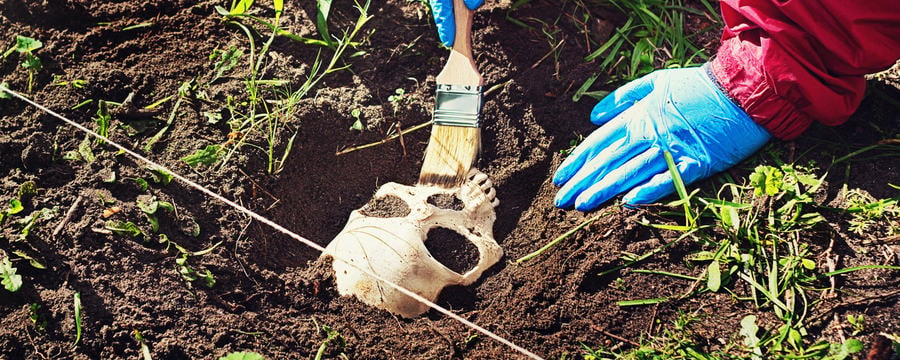Home / History / Archaeology / Forensic Archaeology and Anthropology / Background to Forensic Archaeology and Anthropology

Reach your personal and professional goals
Unlock access to hundreds of expert online courses and degrees from top universities and educators to gain accredited qualifications and professional CV-building certificates.
Join over 18 million learners to launch, switch or build upon your career, all at your own pace, across a wide range of topic areas.


 Mexico City. Forensic experts analyze a human skeleton during a training organized by the ICRC (Photographer Jesús Cornejo, Copyright ICRC)
Mexico City. Forensic experts analyze a human skeleton during a training organized by the ICRC (Photographer Jesús Cornejo, Copyright ICRC) Bogota, Colombia. The Instituto Nacional de Medicina Legal y Ciencias Forenses is responsible for the forensic identification of human remains. The ICRC actively support these efforts. (Photographer, Christoph von Toggenburg, Copyright ICRC)
Bogota, Colombia. The Instituto Nacional de Medicina Legal y Ciencias Forenses is responsible for the forensic identification of human remains. The ICRC actively support these efforts. (Photographer, Christoph von Toggenburg, Copyright ICRC)
 Mexico City. A forensic expert analyzes a human skeleton during a training organized by the ICRC (Photographer Jesús Cornejo, Copyright ICRC)
Mexico City. A forensic expert analyzes a human skeleton during a training organized by the ICRC (Photographer Jesús Cornejo, Copyright ICRC)







